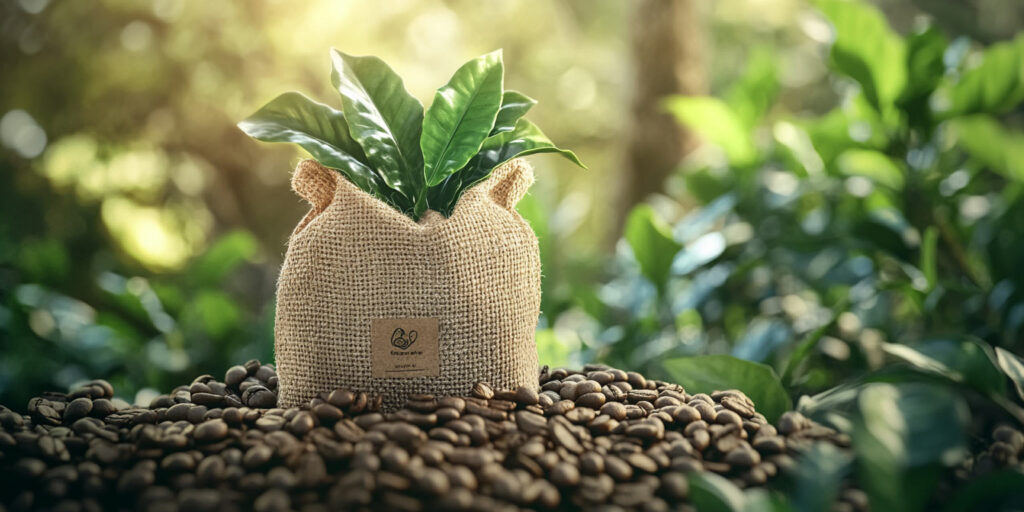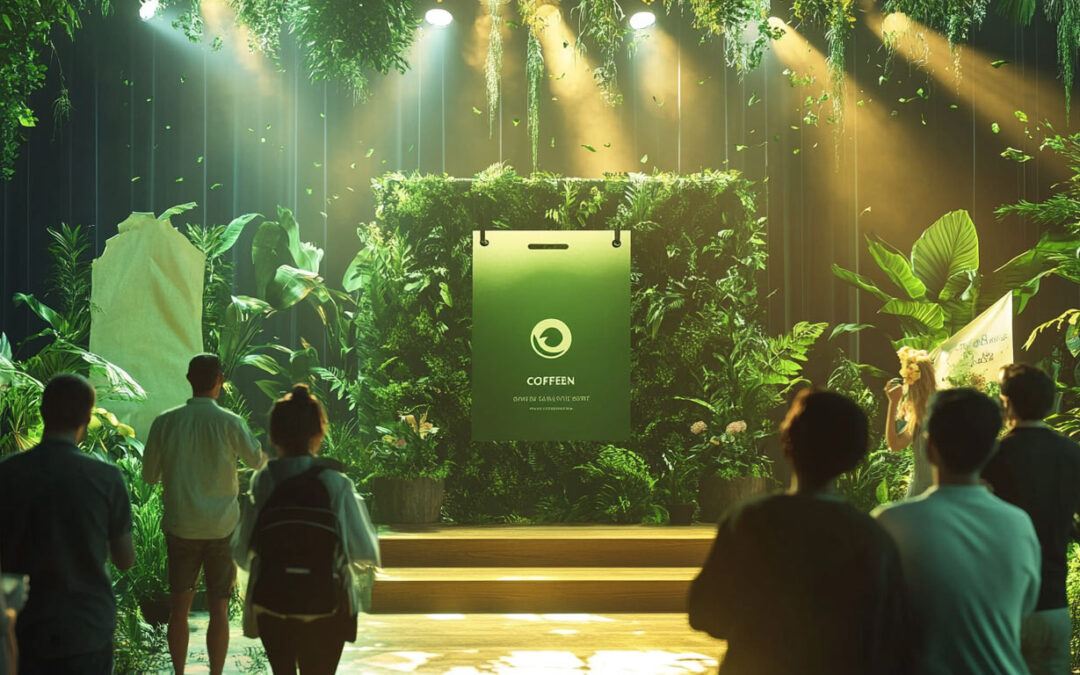☕ The Ink Beneath the Surface: An Inside Look at Sustainable Coffee Packaging
Sustainable coffee packaging often gets praised for using compostable materials or recyclable layers—but there’s more hiding beneath the surface. The adhesives bonding the package and the inks decorating it play just as crucial a role in the environmental impact of the final product. Many brands promoting “green” packaging still rely on petroleum-based glues and chemical-heavy inks, which can compromise recyclability and compostability. That means even the most eco-friendly-looking bag might be sending mixed messages to your recycling bin.
Let’s unpack the realities of inks, adhesives, and certifications in coffee packaging—and why they’re often the most overlooked (yet essential) parts of the sustainability story.
🎨 Inks That Leave a Mark—On the Environment
Colorful coffee packaging catches the eye, but the type of ink used can either support or undermine the bag’s eco-credentials. Traditional petroleum-based inks are cheaper and more vibrant, but they release volatile organic compounds (VOCs) during printing. These compounds are harmful to both workers and the environment.
On the other hand, water-based and plant-based inks (such as soy ink) offer lower VOC emissions and better end-of-life options like composting or recycling. However, they come with trade-offs:
- Require more advanced print systems
- Can be more expensive and slower to dry
- May limit color brightness or printing effects
Despite those limitations, switching to sustainable inks is a big step forward in improving the overall environmental performance of coffee bags.
🧴 The Sticky Situation With Adhesives
Adhesives are critical for sealing multi-layer coffee bags, especially those with inner linings to preserve freshness. Unfortunately, most commercial glues are derived from synthetic, fossil-fuel-based polymers. These adhesives:
- Disrupt composting and recycling streams
- Add to microplastic pollution
- Are not biodegradable in most environments
Biodegradable and compostable adhesives do exist, but they’re much harder to formulate for coffee packaging. These sustainable alternatives must meet high standards for heat resistance, moisture sealing, and shelf stability, making them costlier and less available at scale.
So, while the outer bag might look eco-friendly, it’s often the adhesive layer that prevents the bag from being certified truly compostable.

🏅 Why Certifications Aren’t Easy (Or Cheap)
Achieving respected sustainability certifications—like OK Compost, TÜV Austria, or BPI Certified Compostable—isn’t as simple as switching to greener materials. Coffee packaging companies spend years in development and testing before they can even submit an application.
Here’s why the process is so intense:
- Each material layer must pass lab testing for compostability, recyclability, or toxicity.
- Adhesives and inks must be tested independently and together with the full bag.
- Documentation and chain-of-custody records are required to prove sourcing and manufacturing practices.
- Application fees and third-party audits can cost thousands of dollars.
It’s not uncommon for companies to test hundreds of prototypes over several years just to meet a single certification’s standards. That’s why truly certified sustainable coffee bags represent a serious long-term investment, not a marketing gimmick.
🔍 What Makes a Bag Truly Sustainable?
For a coffee bag to be genuinely eco-conscious, all its components—material, ink, and adhesive—must work together within the recycling or composting system. This is rarely the case in today’s market, even with “green” labels on packaging.
Look for packaging that checks these boxes:
- ✅ Uses water-based or soy-based inks
- ✅ Contains plant-derived or compostable adhesives
- ✅ Has a recognized sustainability certification
- ✅ Avoids foil or plastic laminates that block recyclability
- ✅ Lists end-of-life disposal instructions
Brands willing to take the hard road toward certification are helping push the entire industry forward—one layer at a time.

🧠 Final Thoughts: The Greener Path Is in the Details
Sustainability in coffee packaging is a layered issue—literally. While compostable films and recyclable papers get the spotlight, it’s the invisible elements like inks and adhesives that truly determine a package’s environmental success. Certifications aren’t easy, and they aren’t cheap, but they’re a sign that a company is serious about the future—not just the trend.
So next time you pick up a bag of specialty coffee, look closer. The ink that prints the brand name and the glue that seals the bag might be doing more than you think—for better or for worse.

